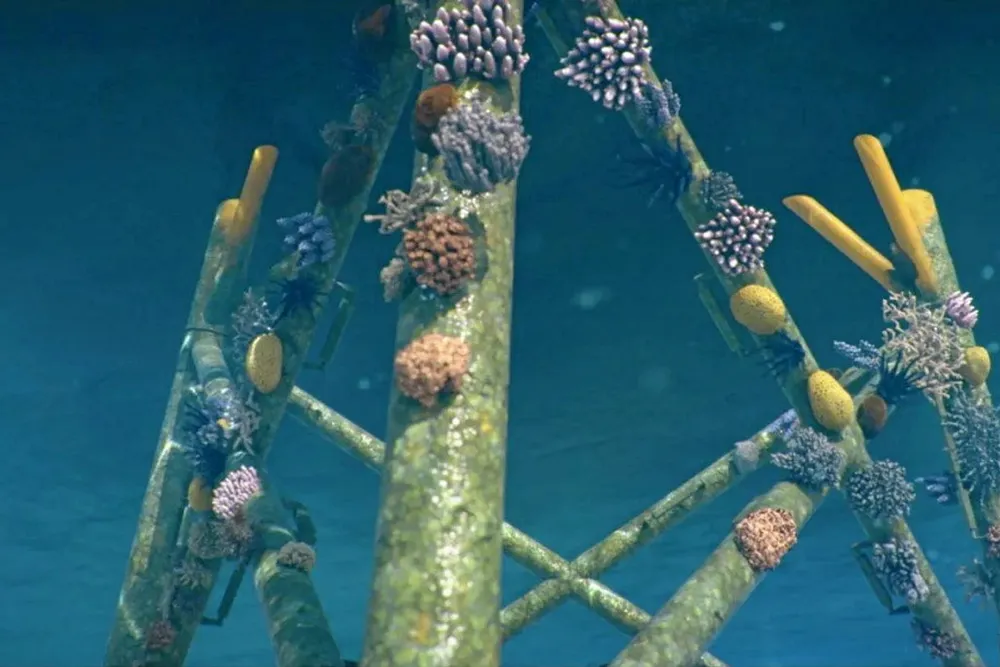Shell and Eneco win Dutch offshore wind tender with 'eco-friendly' bid
Winning consortium of 756 megawatt second part of Hollandse Kust West round will pay $68 million to government for right to build and run project

Winning consortium of 756 megawatt second part of Hollandse Kust West round will pay $68 million to government for right to build and run project
